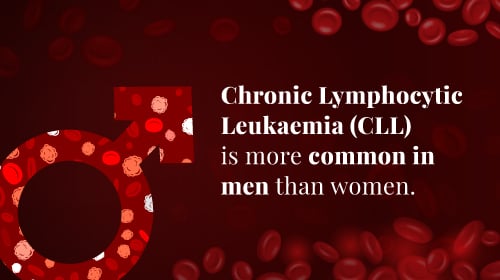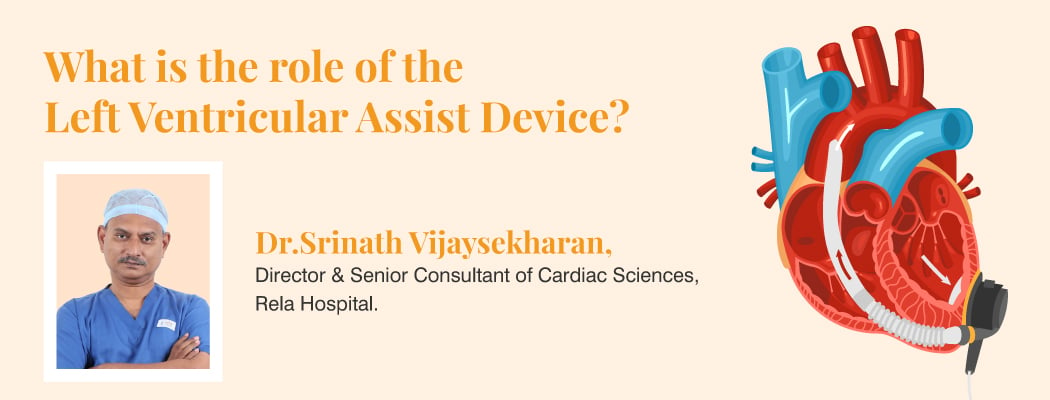Leukaemia: Symptoms, Causes, and Treatment
April 8, 2022

Leukaemia is a type of cancer that starts in the bone marrow, where blood is produced. Some forms of leukaemia are often seen in infants, while the rest are common in adults. This is because leukaemia often includes only the white blood cells, which are the fighting cells of our body. But in people with Leukemia, the bone marrow produces an excessive amount of white blood cells that do not function properly.
Some of the main symptoms of Leukemia may vary depending on the severity of the stage of leukaemia.
Common signs of leukaemia are:
- Fever or chills
- Persistent fatigue, weakness
- Frequent or severe infections
- Losing weight without trying
- Swollen lymph nodes, enlarged liver or spleen
- Easy bleeding or bruising
- Recurrent nosebleeds.
Commonly leukaemia is known to occur when some blood cells acquire changes in their genetic material or DNA. The DNA tells the cell to grow at a specific rate and die at a particular time. The mutations tell the blood cells to keep growing and dividing in leukaemia.
Contents
Leukaemia is classified into four types based on how fast they progress and the type of cells involved.
The first category involves two types based on how fast they progress:
- Acute leukaemia – In this type of leukaemia, the blood cells are immature and cannot carry out their everyday work, multiply rapidly, and hence the disease worsens quickly.
- Chronic leukaemia – There are many types of chronic leukaemias. Some produce way too many cells and some too few. This kind of leukaemia involves more mature blood cells.
The second type of category is based on the type of white blood cells affected:
- Lymphocytic leukaemia: This type of leukaemia affects the lymphoid cells which form the lymphatic tissue. This tissue makes up your immune system.
- Myelogenous leukaemia: This type of leukaemia affects the myeloid cells. These cells give rise to our body’s white blood and red blood cells.
Types of Leukemia are:
- Acute lymphocytic leukaemia is most common in children, but this can also affect adults.
- Acute myeloid leukaemia – This type of leukaemia is most common in adults, but this occurs in children too.
- Chronic lymphocytic leukaemia – This is the most common chronic adult leukaemia. With this leukaemia, one might feel well for years without a need for treatment.
- Chronic myeloid leukaemia – This kind of leukaemia mainly affects adults. A person with this type of leukaemia may have few or no symptoms for months or years before the cells proliferate.
- Other types – There are many more severe types of leukaemia, including hairy cell leukaemia, myelodysplastic syndromes, and myeloproliferative disorders.
Also Read: Immune-Boosting Foods
Causes of Leukaemia:
No one for sure knows the exact cause of leukaemia. People who might have it have been seen to have a few unusual chromosomes though they aren’t the only reason for leukaemia.
Causes of Acute Myeloid Leukaemia (AML)
This kind of Leukaemia is most common in people aged 60 or more. Some of the most common causes of AML are:
- Radiation – Exposure to very high radiation levels like those that have been through chemotherapy or radiation therapy has higher risks of developing certain types of leukaemia.
- Exposure to chemicals – People exposed to chemicals for years together have a higher risk of being diagnosed with AML.
- Smoking – Smoking highly increases the risk of an AML, and the researchers have believed that it might be because of benzene in cigarettes.
- Chemotherapy and Radiation Therapy – People who have been through Radiation therapy or Chemotherapy have higher chances of being at the risk of getting diagnosed with AML. This is also known as secondary leukaemia or treatment-related AML.
- Blood Disorders – People with certain types of blood disorders like myelodysplasia or myeloproliferative have a higher risk of having developing AML.
- Genetic Disorders – People with certain genetic disorders have higher chances of developing leukaemia. Down Syndrome and Fanconi’s Amnesia included.
- Family History – AML or any other type of blood cancer affects other family members.
Causes of Chronic Lymphocytic Leukaemia (CLL)
Some of the factors that increase the risk of developing CLL are:
- Age – The risk of developing CLL increases with age. Most people above the age of 60 are diagnosed with CLL. It is infrequent with people under the age of 40.
- Sex – Men have a higher probability of getting CLL than that women.
- Family History – It has been found that there is an increased risk of developing CLL if a close family member has it. However, most people with CLL have shown no family history of it.
- Ethnicity – People of European origin are more likely to have developed CLL.
Causes of Chronic Myeloid Leukaemia (CML)
Unlike the other types of cancers, CML does not run in families; it is not infectious, cannot be passed on to others, it is not linked to diet, smoking, or exposure to chemicals. But some factors add to the risk of one developing CML.
- Age – CML can happen to anyone at any age. But it is most common in older people.
- Gender – CML is more common in men than women.
- Radiation Exposure – Being exposed to high radiation levels can increase the risk of developing CML.
Treatment for different types of Leukaemia
There is no one way to treat leukaemia. It depends on several factors like the type of leukaemia one has, age, and overall health. But there are some common treatments to fight leukaemia, are:
- Chemotherapy – This is the most commonly used treatment for leukaemia. This drug treatment kills the leukaemia cells. A prescription of a single or a combination of drugs depending on the type of leukaemia.
- Targeted Therapy – Radiation therapy is moving a giant machine around your body as you lie still, directing the radiation to a specific point in your body. These high-energy beams kill the collection of leukaemia cells that are present at one point in the body else receive radiation all through your body.
- Bone marrow transplant – A bone marrow transplant, also known as a stem cell transplant, replaces unhealthy bone marrow with a set of new leukaemia-free healthy stem cells.
- Immunotherapy – Immunotherapy uses the body’s immune system to fight cancer. However, the body’s disease-fighting immune system might not attack cancer because of the proteins produced by the cancer cells that help them hide from the immune system cells.
- Clinical Trials – Clinical trials are testing new cancer treatments and trying to improve the existing cancer treatments.
FAQ
How do you detect blood cancer?
Staging is the process of finding out the severity and the spread of cancer in your body. Usually, staging and diagnosing happen at the same time. Some of the common types of methods used to detect blood cancer are:
- Blood tests
- Bone marrow exam
- Diagnostic imaging tests — CT scan, PET scan, and x-ray
- Physical exam
- Surgical lymph node removal.
What increases the risk of blood cancer?
Some of the risk factors that increase the chances of blood cancer are:
- Smoking
- Chemical exposures
- Chemotherapy drugs
- Radiation exposure
- Certain Blood Disorders
How do people get leukaemia?
Scientists believe that leukaemia results from an undetermined combination of genetic and environmental factors that lead to the mutations in the cells that make up the bone marrow. These mutations, commonly known as leukemic changes, cause the cells to multiply and divide uncontrollably.








